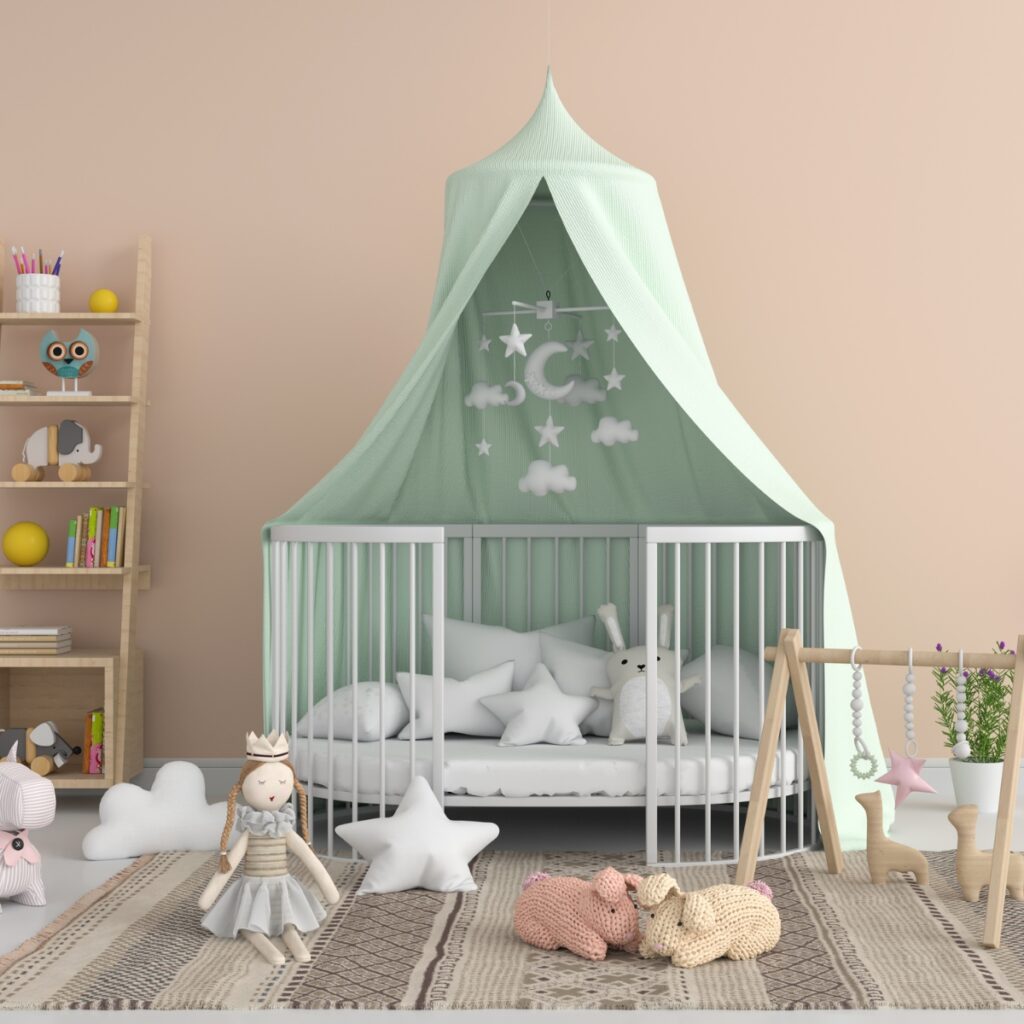
Creating the perfect nursery is a significant milestone for expecting parents. The furniture you choose sets the tone for your baby’s comfort, safety, and development. Whether you’re setting up a compact nursery in an apartment or converting a spare room into a cozy baby haven, choosing the right nursery furniture is essential. This complete beginner’s guide will walk you through everything you need to know to select the best nursery furniture with confidence and style.
Understanding Nursery Furniture Essentials
Before diving into color schemes or design themes, it’s crucial to understand the core pieces of furniture every nursery needs. These essentials provide the foundation for both function and aesthetics.
1. Crib – The Centerpiece of the Nursery
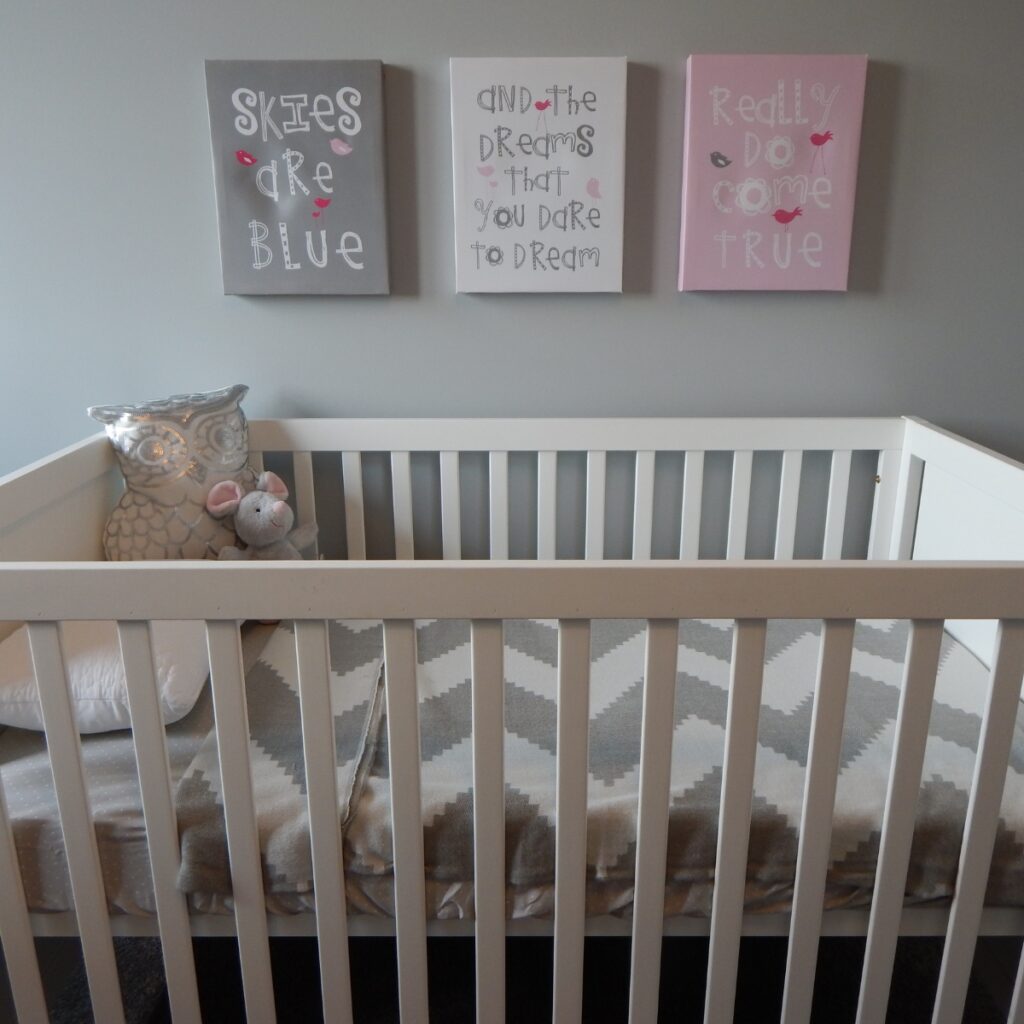
A crib is often the most significant and expensive piece in the nursery. Look for cribs that are JPMA certified to ensure they meet rigorous safety standards. Convertible cribs, which transform into toddler or full-size beds, offer long-term value and can grow with your child.
Key features to consider:
- Adjustable mattress height settings
- Sturdy slat spacing (no more than 2 3/8 inches apart)
- Teething rail protectors
- Conversion kits included or available
2. Changing Table or Dresser with Changing Pad
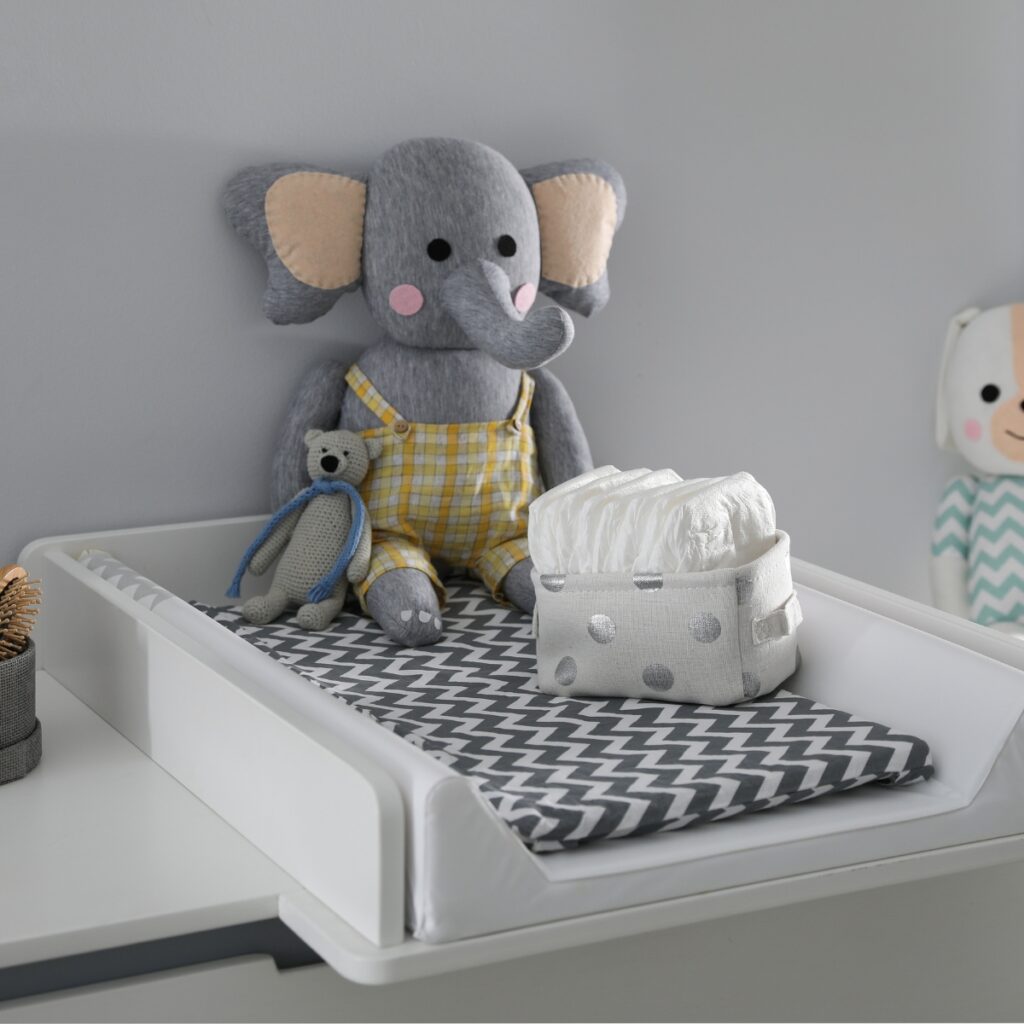
A changing station is essential for diaper changes and clothing swaps. Opt for a changing table with built-in storage shelves or drawers to keep essentials within arm’s reach. Alternatively, a dresser with a secured changing pad offers dual-purpose convenience and saves space.
Safety Tip: Always use a safety strap and never leave your baby unattended during diaper changes.
3. Nursery Chair or Glider
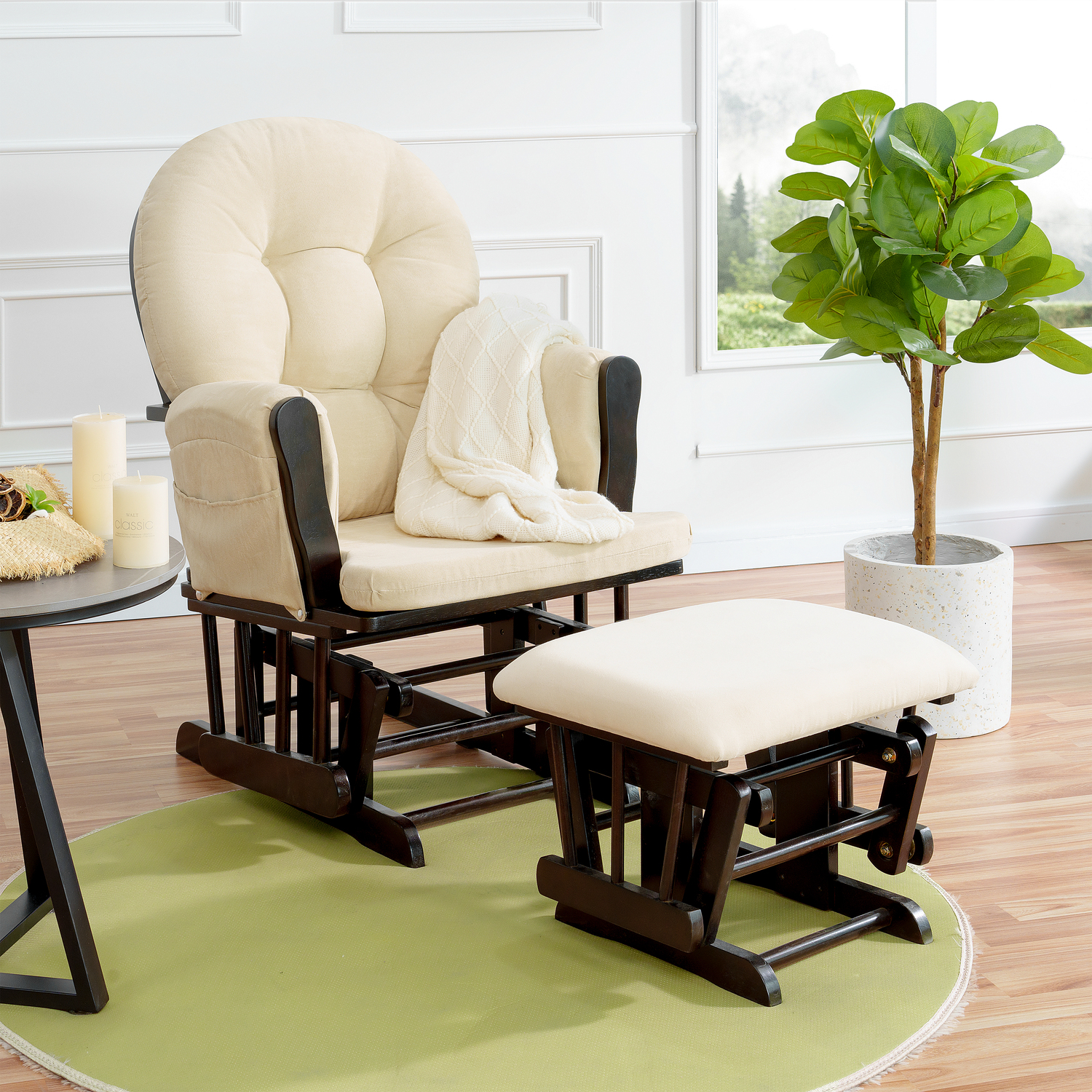
A nursery glider provides a soothing space for feeding, bonding, and bedtime routines. Look for a glider that offers smooth motion, lumbar support, and padded armrests. If you’re unsure how to choose the right one, explore this guide on selecting the perfect glider for your nursery to help you make an informed decision.
Bonus feature: Look for chairs with built-in pockets or ottomans for added support and storage.
4. Dresser or Storage Solutions
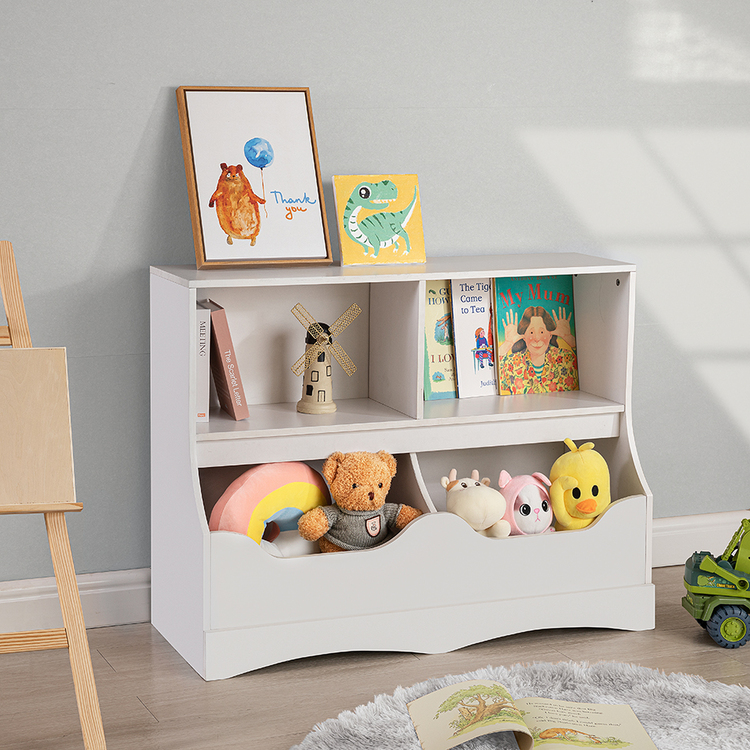
Babies come with a surprising amount of gear. Invest in a sturdy dresser or chest of drawers with soft-close features. Combine it with floating shelves, storage bins, or toy organizers to keep clutter under control and essentials organized.
Choosing Safe and Sustainable Materials
Your baby will spend countless hours in the nursery. Selecting non-toxic, eco-friendly materials ensures a healthier environment and peace of mind.
Opt for GREENGUARD-Certified Products
Choose nursery furniture that is GREENGUARD Gold certified, which ensures low chemical emissions and safer indoor air quality.
Solid Wood vs. Engineered Wood
- Solid wood offers durability and timeless appeal but may come at a higher price.
- Engineered wood like MDF is budget-friendly but should be low in formaldehyde emissions.
Non-Toxic Finishes
Avoid furniture painted with VOC-heavy finishes. Instead, look for water-based, lead-free paints or stains to ensure baby-safe surfaces.
Maximizing Small Nursery Spaces
Not every nursery has ample space, but smart furniture choices can make even the smallest rooms functional and beautiful.
Use Multi-Functional Furniture
- Crib with built-in drawers or attached changing tables
- Convertible dressers that transition as your child grows
- Storage ottomans for seating and toys
Wall-Mounted Storage
- Floating shelves, pegboards, or hanging baskets keep essentials off the floor and within reach.
Vertical Storage Solutions
Utilize the height of the room with tall armoires or over-the-door organizers to save valuable floor space.
Prioritizing Safety and Practicality
A nursery should be a sanctuary of safety and serenity. As you furnish the space, ensure that each item meets essential safety standards and enhances daily usability.
For a broader perspective on designing your nursery with purpose and style, check out these three steps to choosing your ultimate nursery furniture.
Anchor Furniture to Walls
Tall dressers, bookshelves, and changing tables must be anchored to the wall to prevent tipping hazards.
Rounded Corners and Smooth Edges
Look for furniture with rounded edges to prevent injuries during those first wobbly steps.
Avoid Overcrowding
Keep the layout open for safe movement and easy access. Avoid unnecessary furniture or bulky decor that can create tripping hazards.
Choosing a Timeless Design and Theme
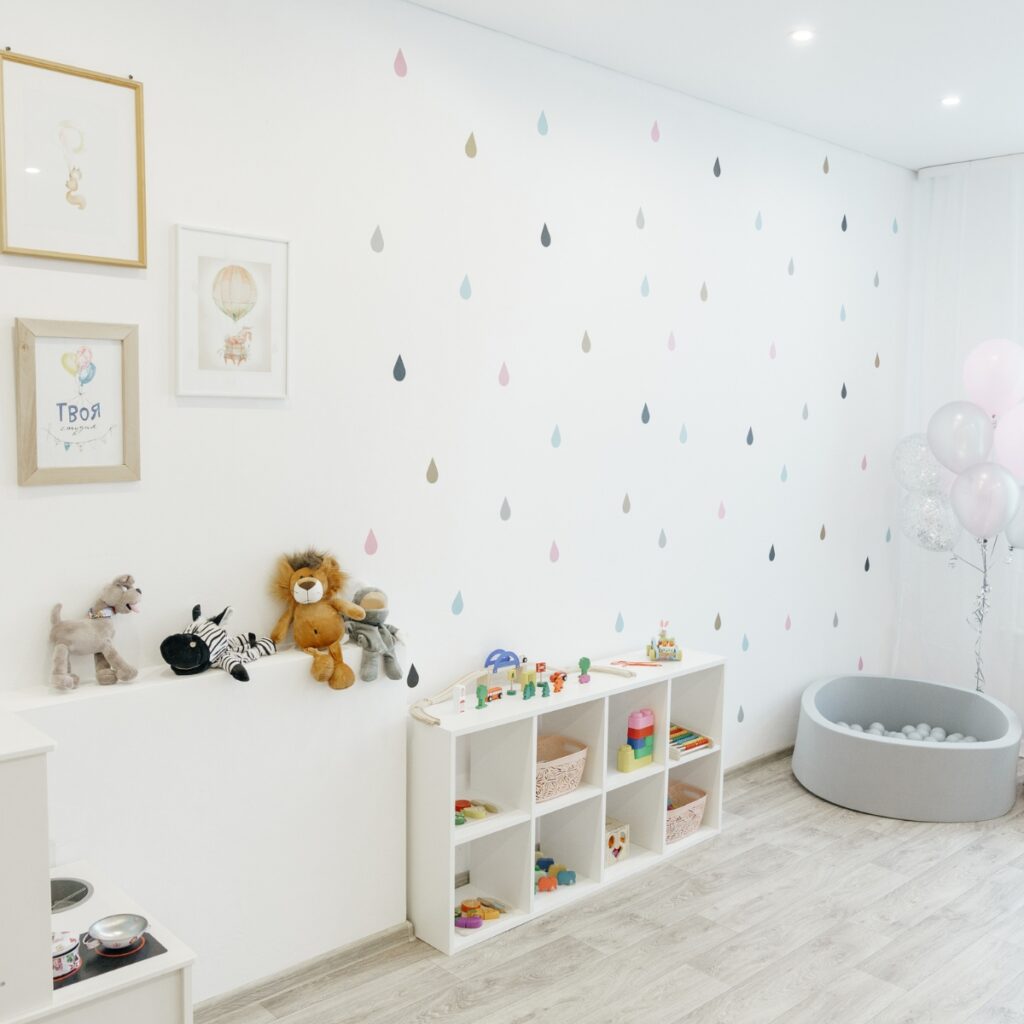
While it’s tempting to go all out with baby-themed decor, choosing neutral and timeless furniture ensures the room can evolve with your child.
Neutral Palettes
White, gray, beige, or natural wood tones allow flexibility with changing accents and themes.
Mix and Match Styles
You don’t need to buy all furniture from one collection. Mixing modern, rustic, or traditional pieces can create a curated and warm nursery ambiance.
Add Personality with Accessories
Use rugs, wall art, curtains, and bedding to introduce colors and characters that can easily be swapped out as your baby grows.
Budgeting for Nursery Furniture
Creating a dream nursery doesn’t have to break the bank. With a few strategic choices, you can design a stunning space on a budget.
Invest in High-Use Items
Spend more on items that will get daily use and grow with your child—such as the crib, dresser, and nursing chair.
Save on Decor and Accessories
Decorative items, bedding sets, and mobile accessories often have shorter lifespans and can be budget-friendly.
Shop Smart
- Check for bundle deals or furniture sets
- Buy during seasonal sales or clearance events
- Consider secondhand pieces from trusted sources, ensuring safety standards are still met
FAQS:
1. What furniture do I need for a baby nursery?
A well-equipped nursery typically includes a crib, changing table or dresser, nursery glider or rocking chair, storage solutions like dressers or shelves, and soft lighting. Optional items might include a bassinet, diaper pail, and crib mobile.
2. How do I choose the best crib for my baby?
When choosing a crib, prioritize safety certifications, convertibility, and adjustable mattress height. Look for solid wood construction and non-toxic finishes. Avoid drop-side cribs, which are no longer considered safe.
3. What’s the difference between a changing table and a dresser with a changing pad?
A changing table is a standalone unit with a fixed top and storage, while a dresser with a changing pad serves dual purposes — offering a changing area and long-term use as a storage solution. Many parents prefer the latter for better value and space-saving benefits.
4. How do I ensure the nursery furniture is safe?
Choose furniture with rounded corners, sturdy construction, and non-toxic finishes. Secure all heavy furniture to the wall with anti-tip kits, and ensure all products meet JPMA or GREENGUARD Gold safety standards.
5. How much should I budget for nursery furniture?
Budgets vary, but you can expect to spend $500–$2000 on basic nursery furniture. Prioritize spending on long-term investments like the crib and glider. Save by repurposing furniture or buying items that grow with your child.

